By futureTEKnow | Editorial Team
The landscape of space manufacturing is rapidly evolving, and few companies are pushing the boundaries quite like Varda Space Industries. In a recent interview, Varda’s CEO Will Bruey and co-founder Delian Asparouhov offered a rare glimpse into their ambitious plans following a major Series C funding round. Their mission? To revolutionize pharmaceutical manufacturing in low Earth orbit—and, in the process, reshape how we think about both medicine and aerospace technology.
“Microgravity allows us to create new drug formulations that otherwise would be impossible to create on Earth. That’s the whole purpose of Varda.” — Will Bruey
At the heart of Varda’s strategy is the unique environment of microgravity. On Earth, gravity limits the ways molecules can interact, often restricting the complexity or purity of pharmaceutical compounds. In orbit, however, microgravity enables the creation of medicines with properties and effectiveness that simply can’t be replicated on the ground. This opens the door to entirely new classes of drugs—a game-changer for biotech and healthcare.
With fresh capital, Varda is expanding its biologics lab to prepare and vet drug formulations before sending them to space. The company is moving away from relying on third-party launch providers and is now internalizing its manufacturing and launch cadence. This shift means:
More frequent launches: Varda plans to quadruple its flight rate next year, with ambitions to double that cadence annually.
Full control over the supply chain: Owning more of the process allows for greater flexibility and innovation in biopharmaceutical production.
Lower costs and higher reliability: Operating smaller, non-human-rated reentry vehicles keeps costs down and increases mission frequency.
One of the most technically demanding aspects of Varda’s operation is returning payloads from orbit. Their spacecraft reenters Earth’s atmosphere at Mach 25—about 25 times the speed of sound—creating a spectacular plasma trail as it streaks across the sky. This high-speed reentry is not just a spectacle; it’s a crucial phase for safely delivering space-manufactured pharmaceuticals back to Earth.
Varda’s technology isn’t just about medicine. The U.S. Department of Defense and other government agencies are keenly interested in the company’s capabilities. Varda’s reentry vehicles function as hypersonic wind tunnels, allowing the military to test new materials, sensors, and navigation systems under extreme conditions—faster and more affordably than traditional methods. This helps the U.S. keep pace with, and potentially surpass, near-peer competitors in hypersonic technology.
Unlike larger players such as SpaceX or Boeing, Varda’s vehicles are smaller, higher cadence, and not designed for human passengers. This makes them uniquely suited for frequent, cost-effective missions focused on manufacturing and research, rather than transporting astronauts. The main challenge ahead? Scaling up launch frequency to meet the growing demand from the pharmaceutical industry, which cares less about the journey and more about the quality and novelty of the drugs delivered.
Varda’s rise is made possible by advances in reusable rocket technology, notably SpaceX’s Falcon 9. The availability of regular, affordable launches has created a new infrastructure layer—much like the mobile app store did for Uber and Airbnb—enabling entirely new business models in space.
In the long term, pharmaceutical companies stand to gain the most from Varda’s innovations, integrating space-manufactured drugs into the global supply chain. Meanwhile, the defense sector benefits from rapid, real-world testing of next-generation aerospace technologies. With its fleet of small, high-frequency reentry vehicles, Varda is poised to serve both markets as a critical infrastructure provider for the new space economy.

Bridgit Mendler’s Northwood Space is pioneering mass-produced ground stations, enabling scalable, high-speed connectivity for the new era of satellite networks and megaconstellations.
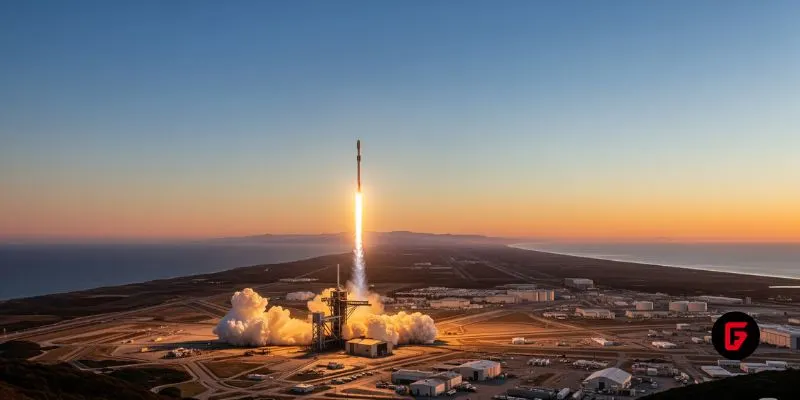
SpaceX aims to nearly double launches from Vandenberg in 2025, facing support from federal agencies but strong objections from the state and local communities.

Traditional Medicare will pilot AI-assisted prior authorization in 2026 across six states, focusing on high-risk outpatient services. Clinicians retain final say, but incentives and access concerns loom as CMS tests fraud reduction and “gold card” exemptions. Here’s what providers and patients should know.
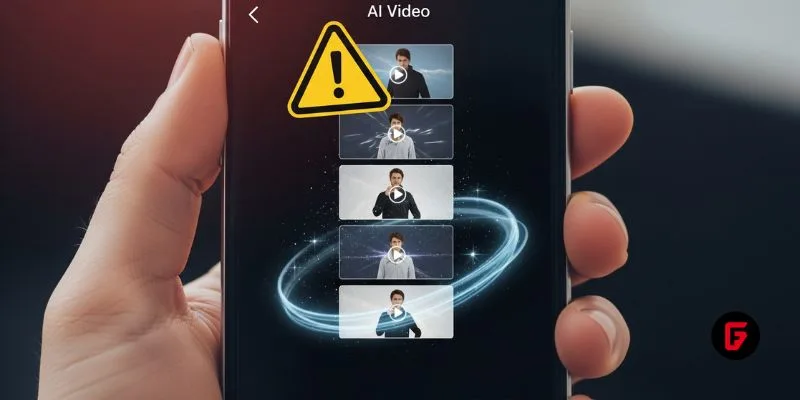
OpenArt’s new “one-click story” compresses scripting, visuals, and edits into ready-to-post short videos—fueling viral growth and a fresh IP debate. We break down how it works, adoption signals, what’s next (multi-character, mobile), and practical guardrails creators and brands should follow to stay original and compliant.
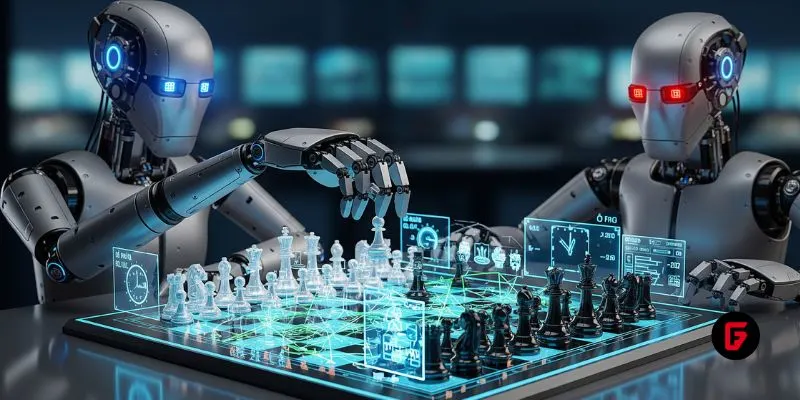
OpenAI’s o3 swept the Kaggle AI chess tournament, defeating xAI’s Grok 4–0. The victory fueled the intense rivalry between Altman and Musk, reshaping AI benchmarks.
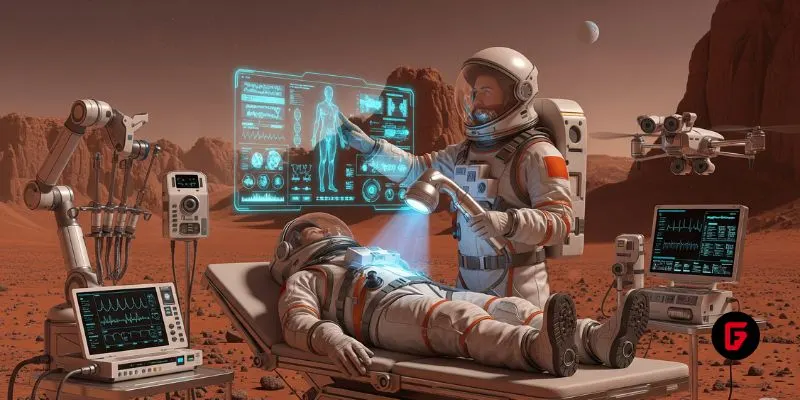
NASA and Google’s AI-powered Crew Medical Officer Digital Assistant enables autonomous diagnoses for astronauts on Mars missions, redefining remote healthcare for space and Earth.

Pinterest’s CEO confirms that fully agentic AI shopping is years away, as the platform invests in AI-powered tools to enhance discovery, inspiration, and personalized shopping experiences for millions.

Shopify’s new AI shopping tools are transforming e-commerce, letting agents and chatbots deliver smooth, personalized shopping and checkout experiences across platforms. Learn how these innovations reshape online retail.

Meta has acquired WaveForms AI, a startup pioneering emotion-detecting voice technology. Learn what this means for Meta’s AI voice ambitions and the future of AI audio.
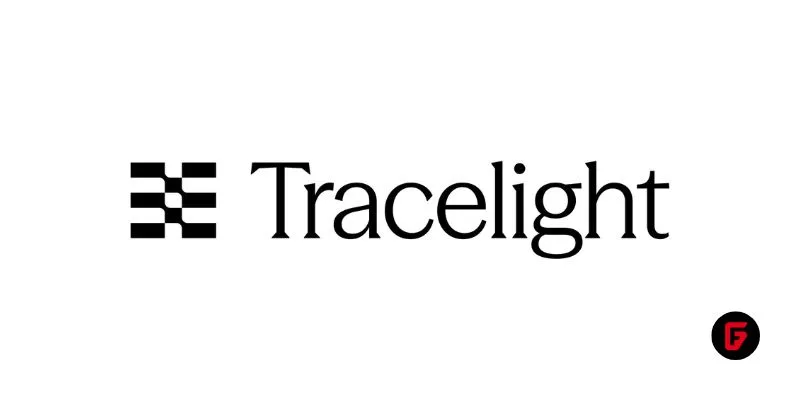
Tracelight is revolutionizing financial modelling for finance professionals with AI-powered Excel tools that automate complex tasks, reduce errors, and unlock new analysis capabilities. Learn how this next-gen solution changes the future of spreadsheets.
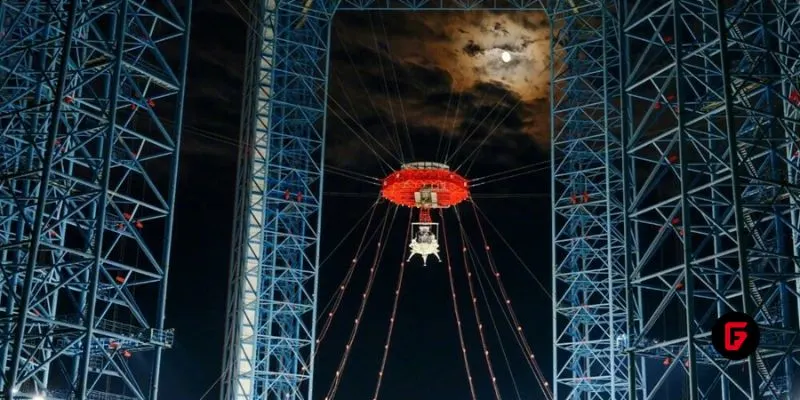
China’s Lanyue lander completed its first major test, showcasing advanced engineering for safe, crewed moon landings before 2030. Explore how this milestone shapes the space race.

Microsoft rolls out GPT-5 across its Copilot suite, integrating smarter AI for enterprise and personal users. Discover new features, free access, and what sets this launch apart.
To provide the best experiences, we use technologies like cookies to store and/or access device information. Consenting to these technologies will allow us to process data such as browsing behavior or unique IDs on this site. Thanks for visiting futureTEKnow.